
The Story Behind the Creation of Sonic the Hedgehog
Share
998 mots | Temps de lecture : 4 minute(s)
Sonic the Hedgehog is one of the most iconic video game characters in the world. Created by Sega in the 90s, Sonic quickly took the video game industry by storm, becoming the brand's mascot and a symbol of speed and adventure . But how did this blue hedgehog come to be? Let's take a look back at the fascinating story of Sonic's creation.
Sega's Need for a Mascot
In the late 1980s, Sega was in direct competition with Nintendo , which dominated the console market with its NES and its flagship character, Mario . To compete, Sega sought to create a mascot as recognizable and iconic as Mario, who could symbolize the company's identity and attract gamers.
Sega president Hayao Nakayama asked his development team to design a character that could rival Mario. Several ideas were proposed, including an armadillo , a dog , and even a rabbit that could stretch. But the idea of a blue hedgehog , proposed by artist Naoto Ohshima , was ultimately chosen.
Sonic's Design
Naoto Ohshima , in collaboration with programmer Yuji Naka and designer Hirokazu Yasuhara , designed Sonic in 1990. The choice of a blue hedgehog was not insignificant: the blue matched the Sega logo, and the hedgehog, an unexpected animal for a video game hero, had the advantage of being able to roll into a ball to attack his enemies, an idea that appealed to the designers.
Sonic's design evolved to be both attractive and bold. He was meant to embody a cool , rebellious attitude, contrasting with the more friendly and approachable Mario character. Sonic wore red shoes inspired by Michael Jackson 's, and his wide-open eyes reflected an energetic and determined personality.
The development of the first Sonic game
After finalizing Sonic's design, the team set about creating a game that would live up to this new mascot. Programmer Yuji Naka , who had a passion for speed , wanted the game to be fast and fluid , unlike many games of the time that were slower and more methodical. This concept of speed became the basis for what would make Sonic the Hedgehog a success.
The first Sonic the Hedgehog game was released in 1991 for the Sega Genesis (or Mega Drive outside North America). The game offered revolutionary gameplay with levels that emphasized speed and reflexes , while being filled with vibrant colors and catchy music. The first level, Green Hill Zone , became instantly iconic thanks to its steep slopes and the blazing speeds Sonic could achieve.
An immediate success
The launch of Sonic the Hedgehog was an immediate success . Within a short time, Sonic had become a worldwide phenomenon , establishing Sega as a serious competitor to Nintendo. Sonic's popularity helped Sega sell millions of Sega Genesis consoles, establishing Sonic as the brand's official mascot.
Sonic not only conquered the video game market, but he also became a cultural icon . His merchandise, such as comics, animated series, and even toys, helped solidify his place in the entertainment industry . Sega finally had its flagship character, capable of competing with Mario.
Sonic's evolutions over the years
Over the years, Sonic has evolved with new games, spin-offs , and adaptations into other media. Sonic the Hedgehog 2 was released in 1992 , introducing the character Tails , and Sonic 3 in 1994 , which added new gameplay elements and characters like Knuckles .
Sonic's transition to 3D , particularly with 1998 's Sonic Adventure , was a watershed moment. This game allowed fans to see Sonic in a new light, with a more open world, new challenges, and a richer story. While this phase was marked by a variety of attempts, some successful, others less so, Sonic has maintained its popularity.
Sonic's comeback in the 2010s with titles like Sonic Generations showed that the character still held a special place in gamers' hearts. And in 2020 , the Sonic the Hedgehog movie rekindled interest in the franchise, attracting a new generation of fans while pleasing old ones.
Why did Sonic make video game history?
Sonic the Hedgehog 's success was based on several key elements: a unique and memorable character, speed- driven gameplay, and an unforgettable soundtrack . In addition to his technical prowess, Sonic embodied the spirit of the 90s with his rebellious attitude and quirky style, making him instantly popular with younger gamers.
Sonic not only helped Sega thrive in the 90s, but he also redefined what a video game mascot could be. More than just a character, Sonic became a symbol of freedom , boldness , and speed —values that continue to captivate gamers today.
Conclusion
The creation of Sonic the Hedgehog was the result of Sega's desire to stand out in the video game market and create a character that would embody a new generation of players. Thanks to the imagination of Naoto Ohshima , Yuji Naka and Hirokazu Yasuhara , Sonic became a global icon that marked the history of video games and continues to be celebrated by millions of fans around the world.
D'autres articles similaires:
-

Dr. Babble in Sonic Prime: The youngest brain of the Chaos Council
-

Dr. Done-It: The Genius Emeritus (and Oldest) of the Chaos Council in Sonic Prime
-
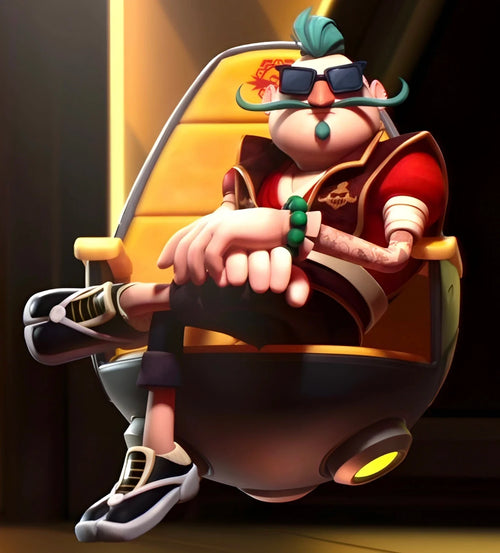
Dr. Deep: The Philosopher Poseur of the Chaos Council in Sonic Prime
-

Mr. Dr. Eggman: Sonic Prime's Main Antagonist Decrypted
-

Dr. Don't: Sonic Prime's Teenage Antagonist Who Reinvents the Sonic Universe
-

Tails Nine: The Cybernetic Fox Who Revolutionized the Sonic Universe
-

Rusty Rose: The Cybernetic Version of Amy Rose in Sonic Prime
-
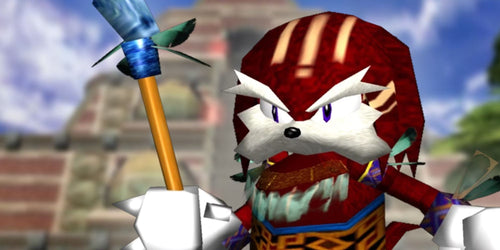
Pachacamac: The Echidna Chief Who Marked the Sonic Saga
-
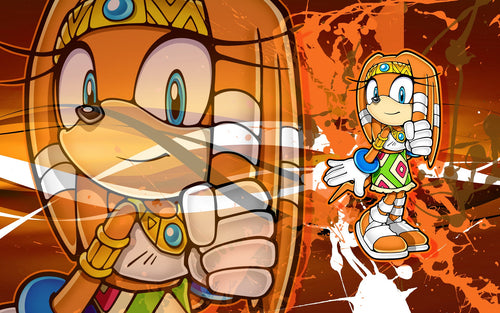
Tikal the Echidna: Complete Guide to Sonic's Mystical Character
-

E-101 Beta: The Forgotten Older Brother of the E-100 Series in Sonic Adventure
-
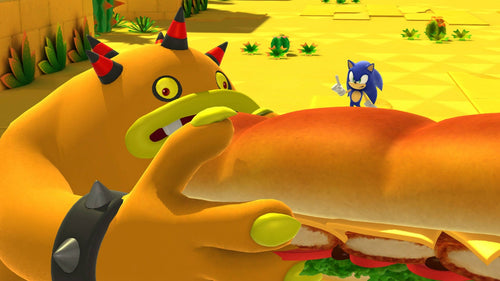
Zomom: Everything you need to know about the greedy giant of the Deadly Six in Sonic
-

E-123 Omega: The Iconic Destroyer Robot of the Sonic Universe
-

Mephiles The Dark: The Most Terrifying Antagonist in the Sonic Universe
-

Top 10 Most Iconic Songs from the Sonic Universe: A Musical Odyssey Through 30 Years of Adventure
-

The Piko Piko Hammer: Amy Rose's Iconic Weapon in the Sonic Universe
-
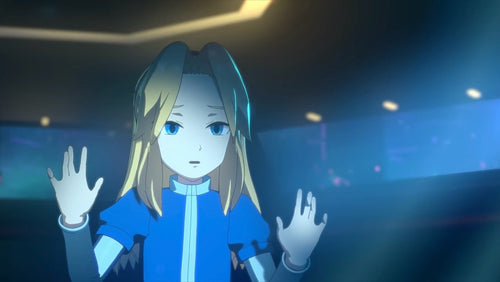
The Mystery of Maria Robotnik's Disappearance: A Tragedy That Shaped the Sonic Universe
-
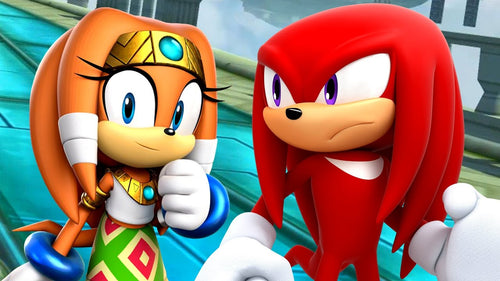
Tikal and Knuckles: Reincarnations or Heirs to a Mystical Lineage?
-
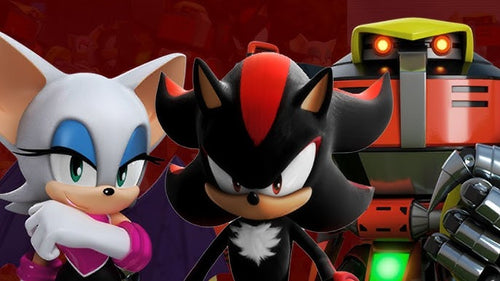
The Complex Relationships Between Shadow, Rouge, and Omega: An In-Depth Analysis of Sonic's Iconic Trio
-
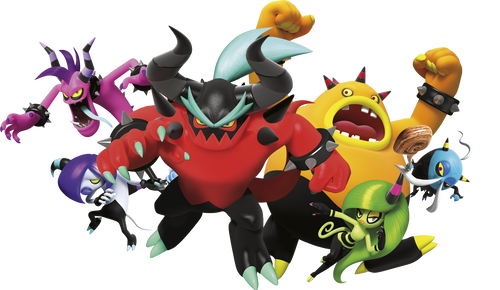
Sonic the Hedgehog: Deadly Six, Team Dark, Egg Bosses, and Their Secret Tactics
-

The History of the Sonic + Knuckles Alliance Through the Games: From Rivals to Legendary Partners
-
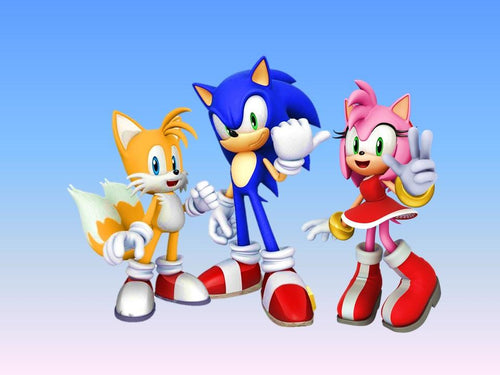
Team Sonic: The Best Trios that Marked the Saga (Heroes, Rivals, Forces, etc.)
-
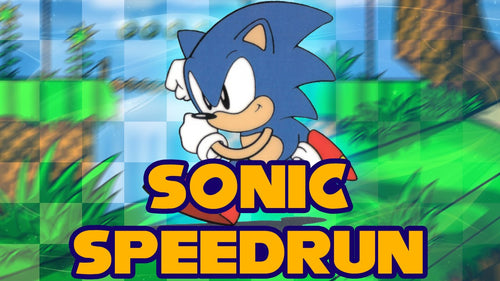
Sonic and Speedrunning: The Most Glitchy Games in the Saga
-
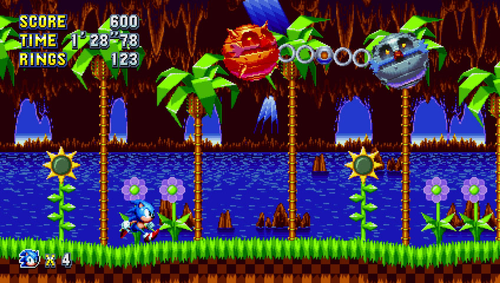
Why Sonic Mania's physics engine is a technical and nostalgic success
-
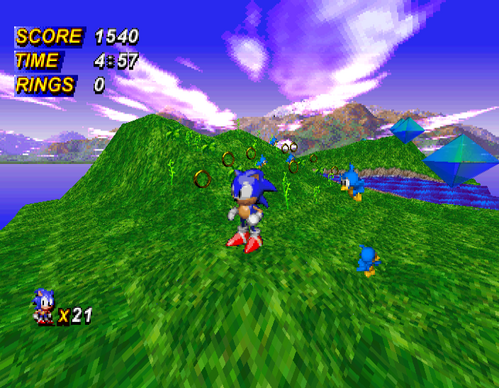
Sonic Extreme: The Unreleased Saturn Game That Could Have Revolutionized the Franchise
-
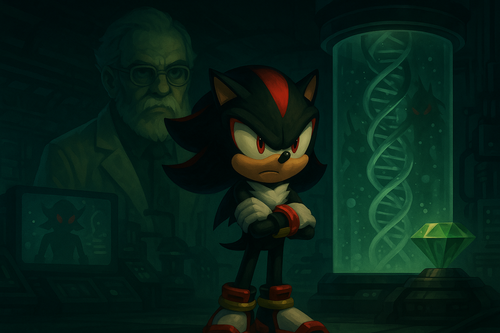
The Ultimate Weapon: Gerald Robotnik, Shadow and the Shadow Project
-
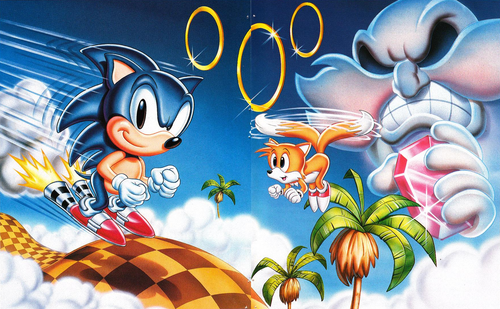
Sonic's Different Parallel Universes: A Journey Through Comics, Games, and Cartoons
-
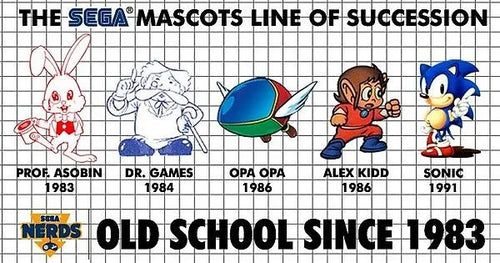
The different SEGA mascots before Sonic: why him?
-
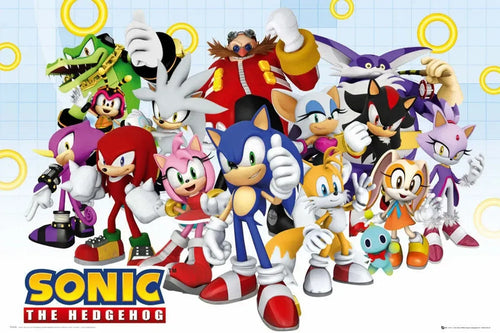
The Forgotten Characters of the Sonic Universe: Between Abandoned Concepts and Missed Opportunities
-

The largest Sonic fan communities: forums, Discord, wikis…
-
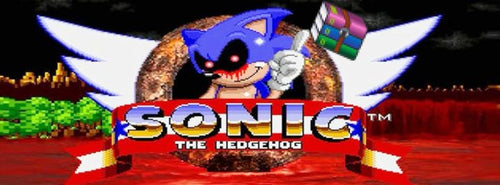
Sonic.EXE: Analysis of the legendary creepypasta
-
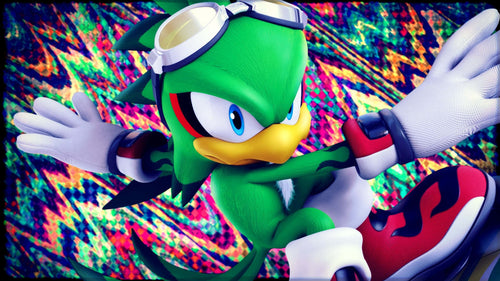
Jet the Hawk: the king of the slide in the Sonic universe
-
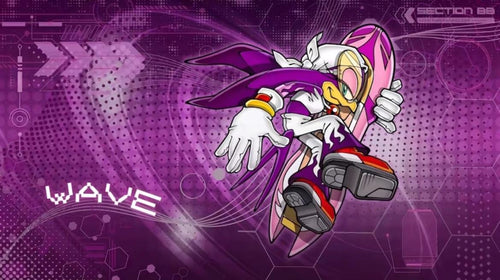
Wave the Swallow: the Babylon Rogues' mechanic in the Sonic universe
-

Theories about the real origin of Sonic and his powers
-
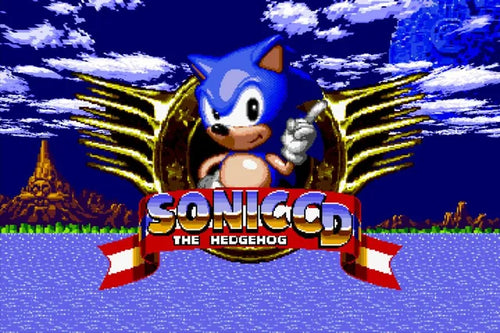
Sonic CD Full Review: Why This Game Is a Cult Game Among Fans
-
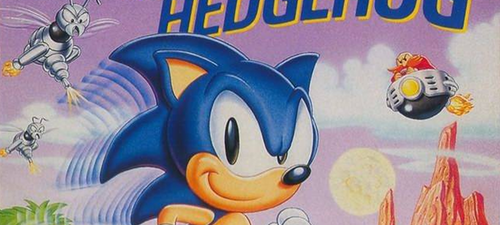
Sonic's appearances in other Sega or Nintendo games
-
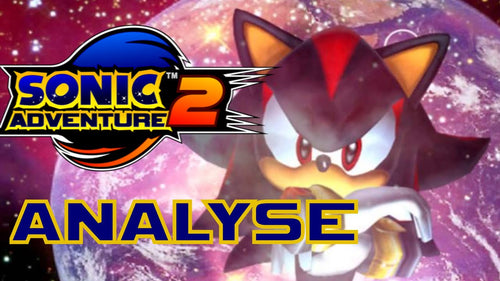
Lore Analysis in Sonic Adventure & Sonic Adventure 2
-

Mobius: The World of Sonic, its zones, cities and mysteries
-
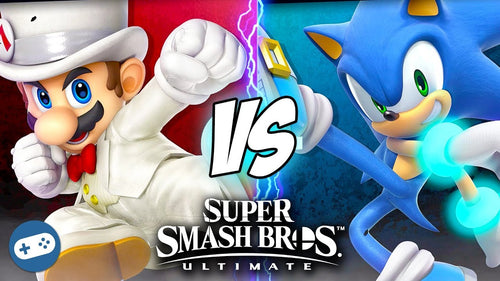
Sonic in Super Smash Bros.: Gameplay, Rivalry with Mario, Influence
-
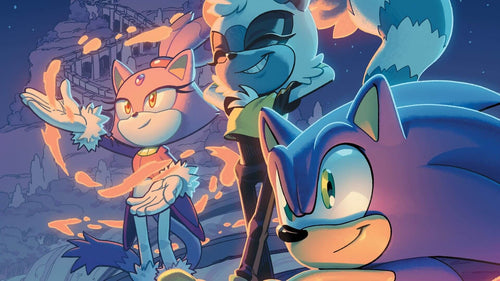
Sonic Comics: Archie, IDW and Their Contributions to the Universe
-
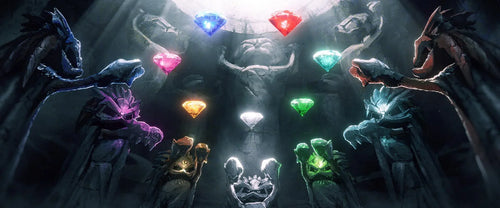
Chaos Emeralds: Origin, Powers and Uses in Games
-
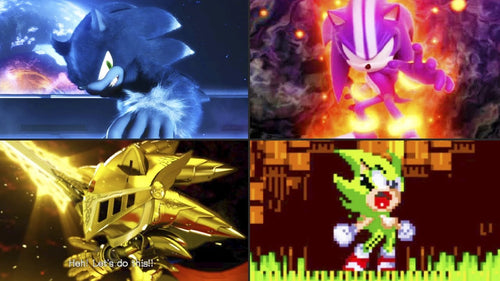
Sonic Transformations: Super Sonic, Dark Sonic, Werehog and more
-
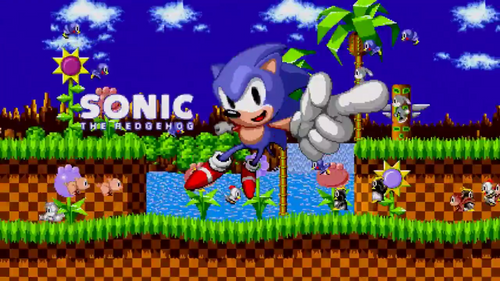
Cancelled or Never Released Sonic Games: What We Know
-

Complete Sonic Games Timeline: 1991 to Present
-
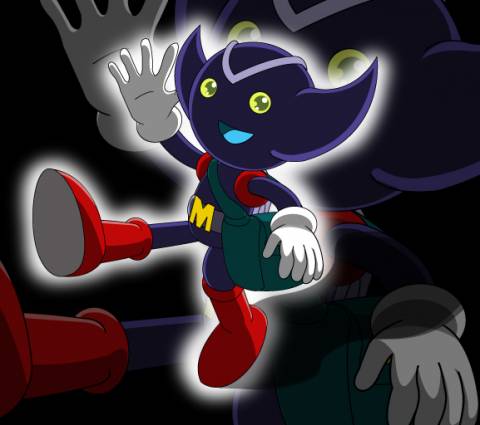
Bokkun: Dr. Eggman's explosive messenger in Sonic X
-

Decoe: Dr. Eggman's loyal (and clumsy) assistant in Sonic X
-

Bocoe: Dr. Eggman's loyal and comical servant in the Sonic universe
-

Emerl: The evolving robot with a tragic destiny from the Sonic universe
-
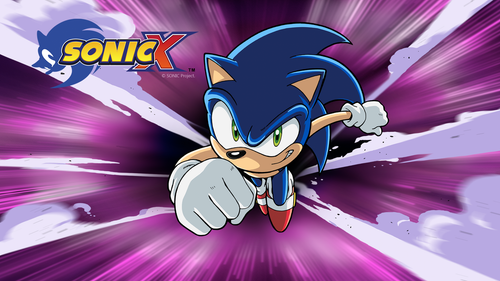
Sonic X: The cult cartoon of the blue hedgehog
-
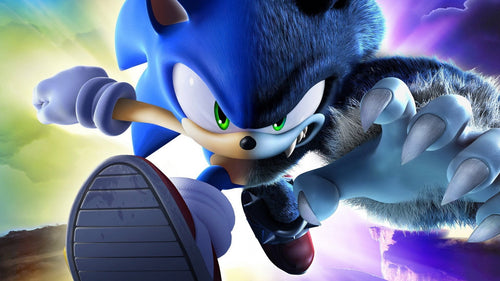
Sonic the Werehog: The bestial face of the blue hedgehog
-
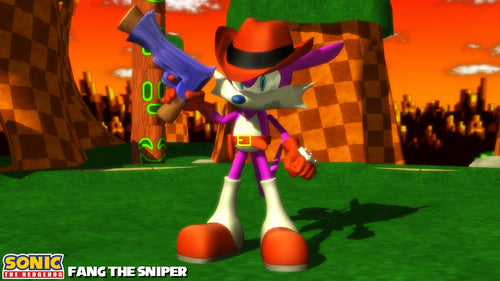
Fang the Hunter: The bounty hunter of the Sonic universe


















































